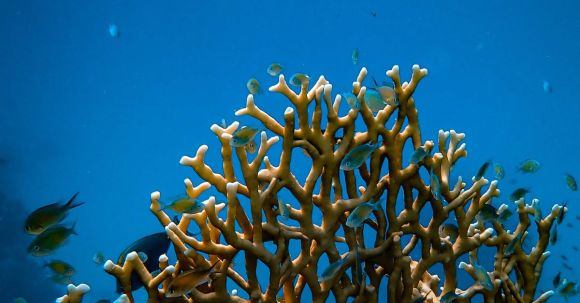Nature has a way of captivating us with its beauty and wonder. From the majestic mountains to the vast oceans, there is something truly awe-inspiring about the untouched landscapes that exist in our world. Within these untouched environments, thriving ecosystems can be found, each with its own unique characteristics and inhabitants. In this article, we will delve into the captivating world of these untouched ecosystems, exploring their diversity and the importance of preserving them.
The Rainforests: A Haven of Biodiversity
One of the most well-known untouched ecosystems is the rainforest. These lush, green landscapes are home to an incredible array of plant and animal species. From the towering trees that create a canopy overhead to the vibrant flowers that bloom beneath, the rainforest is a haven of biodiversity.
Within the rainforest, countless species coexist, each playing a vital role in maintaining the delicate balance of the ecosystem. From the tiny insects that pollinate the flowers to the predators that keep populations in check, every organism has its place. The rainforest truly showcases the interconnectedness of nature.
The Coral Reefs: Underwater Wonders
Beneath the surface of the ocean lies another thriving ecosystem: the coral reefs. These underwater wonders are teeming with life, from the colorful coral formations to the schools of fish that dart in and out of the crevices. Coral reefs are not only beautiful, but they also provide vital habitats for countless marine species.
The intricate structure of the coral provides shelter for small fish and invertebrates, while larger predators lurk in the shadows, waiting for their next meal. The coral reefs are a delicate ecosystem, vulnerable to changes in water temperature and pollution. Protecting these habitats is crucial for the survival of many marine species.
The Tundra: A Cold and Hardy Landscape
Moving away from the warmth of the rainforest and the ocean, we find ourselves in the tundra. This harsh and unforgiving landscape may seem desolate, but it is home to a surprising number of species that have adapted to survive in these extreme conditions.
The tundra is characterized by its frozen soil and short growing season. Despite these challenges, plant life manages to flourish, providing food and shelter for the animals that call this place home. From the Arctic foxes that blend into the snowy landscape to the musk oxen that huddle together for warmth, the tundra is a testament to the resilience of nature.
Preserving Untouched Ecosystems for Future Generations
As we marvel at the thriving ecosystems of untouched nature, it is important to recognize the need for preservation. Human activities such as deforestation, pollution, and climate change pose a threat to these delicate environments. By taking steps to protect and conserve these ecosystems, we can ensure that future generations will have the opportunity to experience the beauty and wonder of untouched nature.
From the rainforests to the coral reefs to the tundra, untouched ecosystems are a testament to the resilience and diversity of nature. These thriving habitats provide a home for countless species and showcase the interconnectedness of life on Earth. By appreciating and preserving these ecosystems, we can ensure that they continue to thrive for generations to come.



